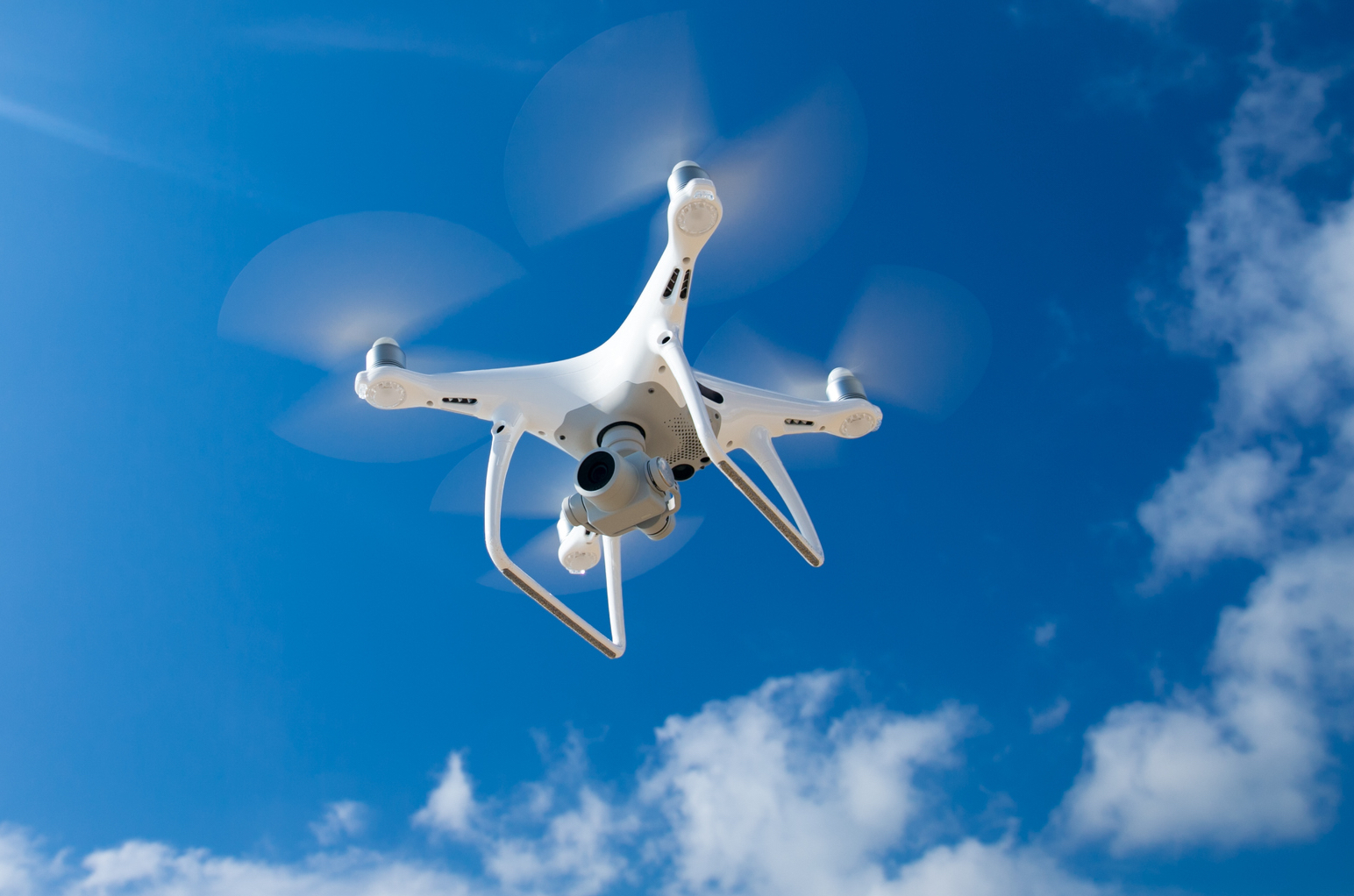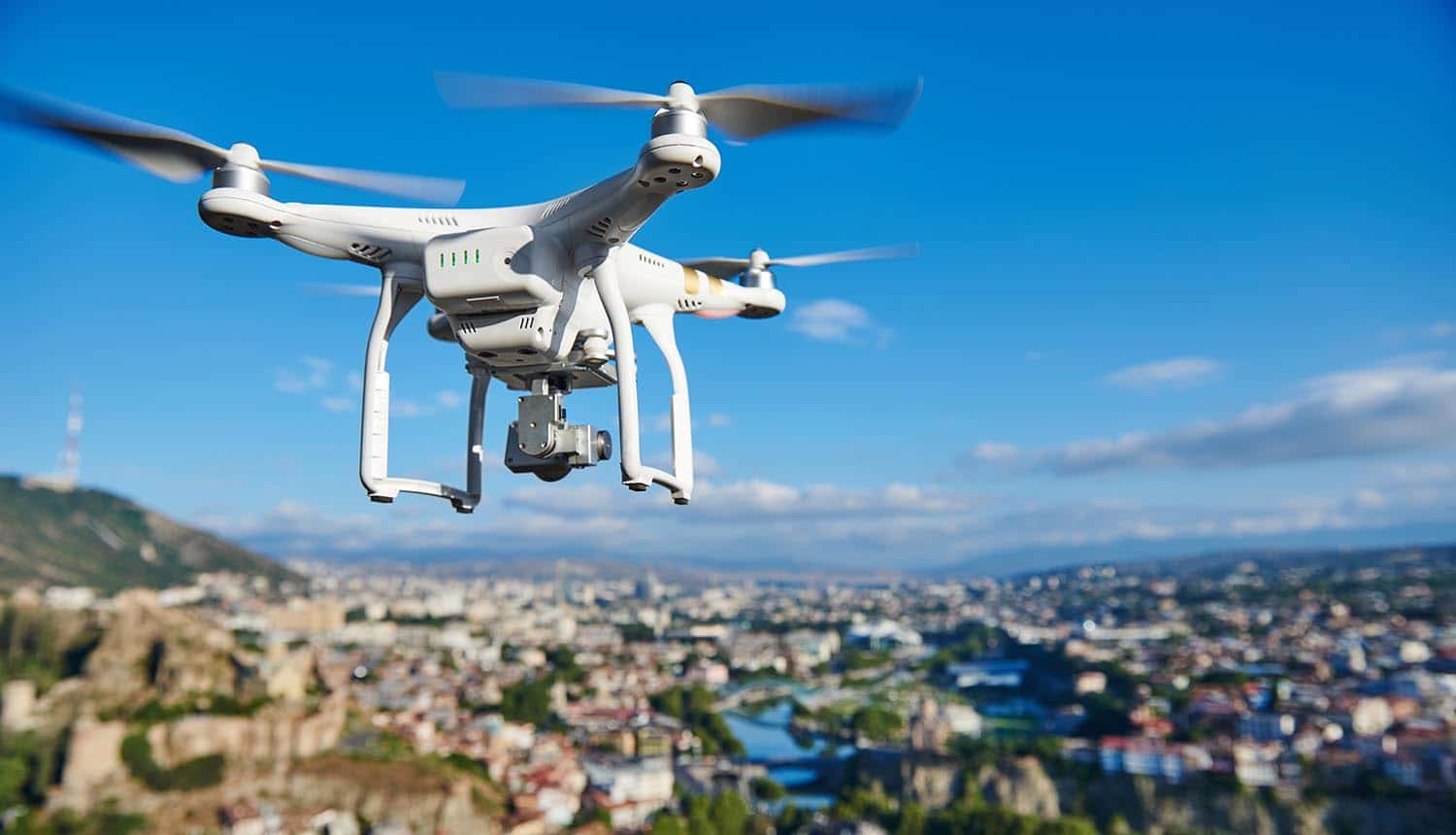Sky Elements Drones represent a transformative technology, impacting diverse fields from atmospheric research and environmental monitoring to cinematic filmmaking. These unmanned aerial vehicles (UAVs) are equipped with sophisticated sensors and cameras, allowing for data collection and visual capture previously inaccessible or prohibitively expensive. This exploration delves into the multifaceted applications of sky elements drones, examining their capabilities, limitations, and future potential.
From meticulously measuring atmospheric conditions to providing breathtaking aerial perspectives for film, sky elements drones are reshaping industries. Their versatility extends to environmental monitoring, where they play a crucial role in detecting pollution, assessing the impact of natural disasters, and safeguarding our planet. This comprehensive overview will unpack the technological advancements, safety protocols, and regulatory frameworks governing this rapidly evolving technology.
Drone Technology in Atmospheric Research
The integration of drone technology has revolutionized atmospheric research, offering unprecedented access to atmospheric data collection at various altitudes and locations. This section details the types of drones used, the sensors employed, and the procedures for ensuring data accuracy.
Drone Types for Atmospheric Data Collection
Several drone types are suitable for atmospheric data collection, each offering a unique balance of payload capacity, flight time, and altitude capabilities. The choice depends on the specific research objectives and environmental conditions.
| Drone Type | Payload Capacity (kg) | Flight Time (minutes) | Altitude Capability (meters) |
|---|---|---|---|
| Small Multirotor | 1-3 | 20-30 | 120-150 |
| Medium Multirotor | 5-10 | 40-60 | 300-500 |
| Fixed-Wing UAV | 10-20 | 60-120 | 1000-2000 |
| High-Altitude Long-Endurance (HALE) UAV | >20 | >240 | >5000 |
Atmospheric Sensors in Sky Elements Drones
Sky Elements drones utilize a suite of advanced sensors for precise meteorological data acquisition. These sensors provide real-time measurements of key atmospheric parameters, contributing to a comprehensive understanding of atmospheric processes.
| Sensor Type | Accuracy | Limitations |
|---|---|---|
| Temperature Sensor | ±0.5°C | Sensitivity to solar radiation; requires proper shielding |
| Humidity Sensor | ±2% RH | Susceptible to contamination; calibration required |
| Pressure Sensor | ±1 hPa | Affected by altitude changes; requires compensation |
| Wind Speed Sensor | ±0.5 m/s | Accuracy influenced by turbulence; prone to sensor drift |
Calibration and Maintenance of Atmospheric Sensing Drones
Regular calibration and maintenance are crucial for ensuring the accuracy and reliability of atmospheric data collected by Sky Elements drones. This involves both pre-flight checks and periodic sensor calibrations.
Pre-flight checks include verifying sensor functionality, battery levels, GPS signal strength, and overall drone stability. Periodic sensor calibrations involve comparing drone sensor readings against established reference standards using certified equipment. Regular cleaning of sensors and protective housing is also essential to prevent contamination and maintain optimal performance. Detailed maintenance logs should be kept to track calibration dates, maintenance activities, and any observed anomalies.
Sky Elements Drones for Environmental Monitoring
Sky Elements drones provide a powerful platform for environmental monitoring, enabling efficient and cost-effective data collection over large areas. Their application spans air and water quality monitoring, as well as the detection and monitoring of environmental hazards.
Air Quality Monitoring vs. Water Quality Monitoring, Sky elements drones
While both utilize aerial perspectives, air and water quality monitoring with drones differ significantly in their methodologies and challenges.
- Air Quality Monitoring:
- Advantages: Wide area coverage, rapid data acquisition, accessibility to remote locations, real-time monitoring of pollution plumes.
- Disadvantages: Sensor limitations (e.g., sensitivity to wind conditions), potential for drift, need for frequent calibration.
- Water Quality Monitoring:
- Advantages: Assessment of large water bodies, detection of algal blooms, monitoring of water turbidity, mapping of water depth.
- Disadvantages: Limited water penetration depth for some sensors, sensitivity to water surface conditions (e.g., waves, currents), potential for sensor fouling.
Detection and Monitoring of Environmental Hazards
Sky Elements drones play a vital role in detecting and monitoring various environmental hazards, offering rapid response capabilities and detailed spatial information.
- Pollution plumes: Drones equipped with gas sensors can map the extent and concentration of pollutants.
- Forest fires: Thermal imaging cameras allow for early detection and monitoring of fire spread.
- Oil spills: Multispectral cameras can identify and track the extent of oil slicks.
Data visualization methods employed include 2D and 3D mapping, creating interactive dashboards, and generating time-lapse videos to illustrate changes over time. These visualizations facilitate informed decision-making and resource allocation.
Workflow for Assessing Environmental Impact on Vegetation
Drone imagery provides valuable insights into the impact of environmental events on vegetation health. A typical workflow involves several key steps:
- Data Acquisition: Capture high-resolution multispectral imagery of the affected area using Sky Elements drones.
- Data Processing: Use specialized software to process the imagery, generating vegetation indices (e.g., NDVI) and other relevant metrics.
- Data Analysis: Analyze the vegetation indices to assess the extent and severity of vegetation damage.
- Report Generation: Create reports summarizing the findings and recommendations for remediation or mitigation.
Applications of Sky Elements Drones in Photography and Videography
Beyond scientific applications, Sky Elements drones offer unparalleled capabilities in aerial photography and videography, providing unique perspectives and creative possibilities for filmmakers and photographers.
The increasing sophistication of sky elements drones, from their navigation systems to payload capabilities, raises important questions about their potential misuse. Recent events, such as the kazan drone attack , highlight the urgent need for robust counter-drone technologies and stricter regulations. Understanding the vulnerabilities and potential threats associated with these advancements is crucial for ensuring responsible development and deployment of sky elements drones in the future.
Camera Systems for Aerial Photography and Videography
Sky Elements drones are compatible with a range of high-quality camera systems, allowing users to select the optimal setup for their specific needs.
| Camera System | Resolution | Sensor Size | Image Stabilization |
|---|---|---|---|
| High-Resolution Camera | 4K or higher | Large (e.g., 1-inch) | 3-axis gimbal |
| Medium-Resolution Camera | 1080p | Medium (e.g., ½-inch) | 2-axis gimbal |
| Thermal Camera | Variable | Variable | Gimbal dependent |
| RGB Camera | Variable | Variable | Gimbal dependent |
Enhancing Cinematic Shots and Visual Storytelling
Drones significantly enhance cinematic shots by offering dynamic perspectives and unique movement capabilities. Their ability to perform smooth, controlled movements allows for stunning aerial shots, creating a sense of scale and drama that is difficult to achieve with traditional filming techniques. For example, a sweeping shot of a landscape, a dramatic reveal of a character’s location, or a smooth, controlled tracking shot following a subject in motion.
The increasing sophistication of sky elements drones is evident in their diverse applications, from aerial photography to precision agriculture. Recent events, such as the ukraine drone attack on russia , highlight their potential in military contexts. This underscores the need for ongoing discussion about responsible drone technology development and its implications for global security, ultimately shaping the future of sky elements drones.
Step-by-Step Guide for Professional Drone Photography
- Flight Planning: Obtain necessary permits and approvals, plan flight paths, and identify safe landing zones.
- Lighting: Consider the time of day and weather conditions to optimize lighting for photography.
- Camera Settings: Adjust camera settings (aperture, shutter speed, ISO) to achieve the desired image quality.
- Shot Composition: Utilize the drone’s maneuverability to create visually compelling shots.
- Post-Processing: Edit the captured footage to enhance color, contrast, and overall visual appeal.
Safety and Regulatory Aspects of Sky Elements Drones

Safe and responsible operation of Sky Elements drones is paramount. This involves adherence to safety protocols, pilot training, and compliance with relevant regulations.
Pilot Training and Certification

Proper pilot training and certification are essential for safe and legal drone operation. Pilots must be familiar with drone handling, emergency procedures, airspace regulations, and safety protocols. Certification demonstrates competency and adherence to industry best practices.
Potential Risks and Hazards
- Collisions with obstacles or other aircraft.
- Loss of control due to technical malfunction or adverse weather conditions.
- Privacy violations by capturing images or videos without consent.
- Damage to property or injury to persons.
- Interference with other electronic systems.
Regulations and Airspace Restrictions

Drone regulations vary across countries and regions. Operators must comply with local laws concerning registration, licensing, flight restrictions, and operational limitations. These regulations often specify authorized flight zones, altitude limits, and operational procedures to ensure safety and prevent conflicts with manned aircraft.
Future Trends and Developments in Sky Elements Drones
The field of drone technology is constantly evolving, with advancements in artificial intelligence, sensor technology, and power systems promising significant improvements in the capabilities of Sky Elements drones.
Sky elements drones offer exciting possibilities for aerial photography and surveillance. However, coordinating such operations requires careful planning, much like tracking Santa’s journey, which you can follow by calling the norad santa tracker phone number. Understanding airspace restrictions and flight paths is crucial for safe and responsible drone operation, ensuring a clear sky for both aerial technology and festive tracking.
Impact of AI and Machine Learning
AI and machine learning will enhance drone autonomy, enabling more sophisticated flight maneuvers and automated data analysis. AI-powered systems can optimize flight paths, detect anomalies in sensor data, and perform real-time data processing, significantly improving the efficiency and accuracy of atmospheric and environmental monitoring.
Emerging Technologies
Several emerging technologies are poised to revolutionize Sky Elements drones. These include: longer flight times through improved battery technology and more efficient propulsion systems; enhanced sensors with improved accuracy, sensitivity, and data acquisition rates; advanced communication systems for reliable data transmission in remote areas; and improved payload capacity to accommodate larger and more sophisticated sensors and instruments.
Speculative Future Sky Elements Drone System
Imagine a future Sky Elements drone system featuring a hybrid propulsion system combining electric motors with fuel cells, extending flight times to over 24 hours. This drone is equipped with an advanced suite of sensors including high-resolution multispectral and hyperspectral cameras, lidar, and a comprehensive suite of atmospheric sensors. AI-powered autonomous navigation enables the drone to autonomously survey large areas, adapt to changing weather conditions, and avoid obstacles.
Real-time data processing and transmission allows for immediate analysis and response to detected events. This system will significantly enhance our ability to monitor and understand atmospheric and environmental changes, contributing to more effective environmental management and disaster response efforts.
The integration of sky elements drones across various sectors marks a significant leap forward in data acquisition, environmental stewardship, and creative visual storytelling. While challenges remain regarding regulation and safety, ongoing technological advancements promise even greater capabilities in the future, paving the way for innovative applications that will continue to redefine the boundaries of what’s possible. The potential for these versatile tools is vast, and their continued development will undoubtedly shape our understanding of the world around us and how we interact with it.
Answers to Common Questions
What is the typical battery life of a sky elements drone?
Battery life varies greatly depending on the drone model, payload, and environmental conditions. It typically ranges from 15 to 45 minutes.
How much does a sky elements drone cost?
Prices range significantly depending on features and capabilities, from a few hundred dollars for basic models to tens of thousands for advanced, high-payload drones.
What are the legal requirements for flying a sky elements drone?
Regulations vary by country and region. Generally, pilots need to register their drones and may require certifications or licenses depending on the drone’s weight and intended use. Airspace restrictions also apply.
What type of data can sky elements drones collect besides visual data?
Depending on their sensor payload, drones can collect data on temperature, humidity, pressure, wind speed, gas concentrations (air quality), and even multispectral imagery for vegetation analysis.